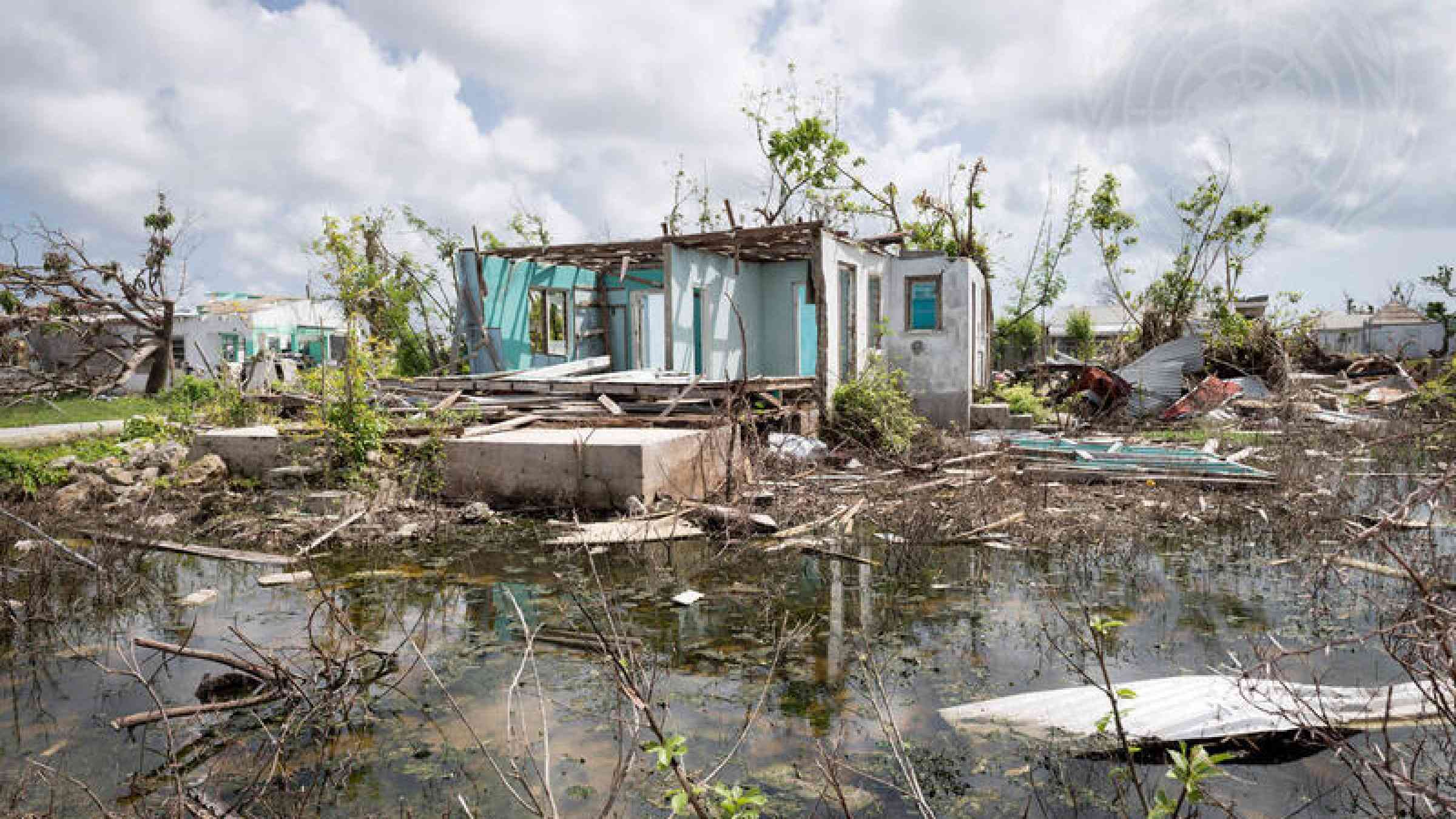SB 60 Side Event: Loss and damage data to accelerate climate action

Bonn Room. World Conference Centre, Bonn.
- English
Practical information
- The session will be open to all participants registered at the SB 60.
- SB 60 Side Events schedule
- Further information about SB 60 side events
Overview
The outcome of the global stocktake (GST) of the Paris Agreement had echoes of the key messages of the Midterm Review of the Sendai Framework for Disaster Risk Reduction, particularly that the world is not on-track to meeting agreed resilience goals. There was a strong call for greater coherence and complementarity across the disaster risk reduction (DRR) and climate change agendas, which is the crux of a comprehensive risk management (CRM) approach.
The outcomes of the 28th session of the Conference of the Parties (COP 28) and related sessions[1] cemented CRM as crucial for course correction. The GST, Global Goal on Adaptation (GGA), operationalization of the loss and damage funding arrangements and a fund, and further institutionalization of the Santiago network were among the areas where this was demonstrated. Further, the call for Early Warnings for All has gained momentum with proven means to save lives and enhance resilience.
COP 29 in Azerbaijan will seek to expand on the success of COP 28. It will also be the first COP when countries will be submitting biennial transparency reports (BTRs) and agreeing on a new collective quantified goal (NCGQ). There is an intrinsic link between transparency and finance, each mutually reinforcing the necessity of the other.
All these components of climate action are contingent upon the availability of data, in particular data on losses and damages. A good understanding of losses and damages is crucial to provide thresholds to resilience, inform early warning systems and triggers, help assess financing needs and gaps to avert, minimize and address loss and damage, develop insurance tools, and overall build a culture of transparency and accountability.
At the same time, the next round of NDC submission (NDCs 3.0) is due in 2025. The integration and inclusion of loss and damage-related activities in the NDCs, in particular highlighting data availability and needs, provides developing countries with the opportunity to receive technical and financial support from international partners, facilitating capacity building, technology transfer and access to climate finance. It also enables informed decisions and targeted actions tailored to specific vulnerabilities and risks to be included in the NDC.
Efforts are ongoing to strengthen the data ecosystem and analytics around losses and damages. For instance, countries have been tracking disaster-related losses and damages for the last 30 years (DesInventar.net), which also informs official reporting against SDGs and Sendai Framework for Disaster Risk Reduction. The complexities of risks and impact from natural hazard events related to weather extremes, climate and related hazards have evolved, and so must our systems to account for and track these losses and damages especially accounting cascading impact across different hazard typologies. In this regard, a new tracking system is being developed by the United Nations Office for Disaster Risk Reduction (UNDRR), the United Nations Development Programme (UNDP) and World Meteorological Organization (WMO).
Such efforts are being complemented by greater investment in data collection, analysis, management and application, while developing better data and statistical standards, to ensure quality and comparability.
Objective of the side event
The proposed side event at the 60th session of the Subsidiary Bodies (SB 60) will explore the data and evidence requirements for effectively tracking slow and rapid onset hazards, the current state of data on losses and damages and explore opportunities to scale-up and demonstrate application at multiple levels.
Objectives include:
- Understand the need, demand, and availability of data and evidence on losses and damages.
- Present current and explore potential use cases of such data. A publication on use cases of L&D data will be launched at the event.
- Make practical recommendations to scale-up and synergize efforts.
Format
The side event will be conducted in two parts:
- Context setting
This segment will feature presentations from experts to understand the data needs for effectively tracking loss and damage across multiple hazard typologies as well the current state of data on losses and damages.
- Expert discussants
In this segment, selected experts will be invited to share different applications of data with practical examples and their role in informing national climate policies.
The session will be open to all participants registered at the SB 60.
[1] 5th session of the Conference of the Parties serving as meeting of the Parties to the Paris Agreement (CMA 5) and the 18th session of the Conference of the Parties serving as meeting of the Parties to the Kyoto Protocol (CMP 18)